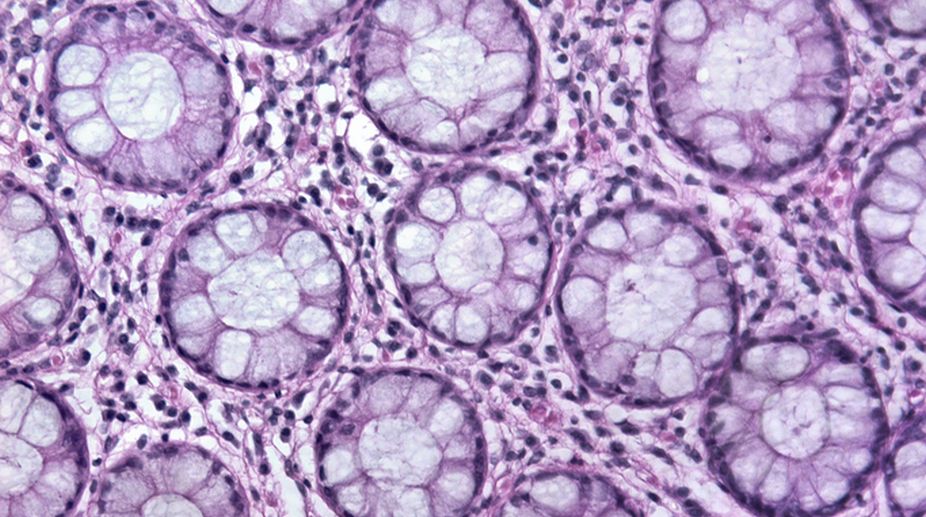Diverse functions
Many kinds of cells — including most of those in our own body — spend all their lives linked to…

Representational image (Photo: Getty Images)
Many kinds of cells — including most of those in our own body — spend all their lives linked to neighbouring cells. In addition, almost all cells have some sort of structure that is external to the plasma membrane but is nonetheless an integral part of the cell, both structurally and functionally. These extracellular structures consist mainly of macromolecules that are secreted by the cell. The chemical nature of the macromolecules differs among organisms but the extracellular structures of most eukaryotes have a common theme — they contain long, flexible fibres embedded in an amorphous, hydrated matrix of branched molecules that are usually glycoproteins or polysaccharides.
Animal cells have an extracellular matrix that takes on a variety of forms and plays important roles in cellular processes as diverse as division, motility, differentiation, and adhesion. In plants, fungi, algae, and prokaryotes, the extracellular structure is called a cell wall — although its chemical composition differs considerably among these organisms. Cell walls confer rigidity on the cells they encase, serve as permeability barriers, and protect cells from physical damage and from attack by viruses and infectious organisms.
Let’s first take a look at the adhesion of cells to each other and to the extracellular matrix, and the several kinds of junctions that link cells together into multi-cellular tissues. Then we will turn to the walls that surround plant cells and the specialised structures that allow direct cell-to-cell communication despite the presence of a wall between neighbouring cells. In each case, we will focus on the molecules involved and the contributions they make to the structural and functional properties of cells.
Advertisement
The extracellular matrix of animal cells takes on a remarkable variety of forms in different tissues. Bone consists largely of a rigid extracellular matrix that contains a tiny number of interspersed cells. Cartilage is another tissue constructed almost entirely of matrix materials, although the matrix is much more flexible than in bone. In contrast to bone and cartilage, the connective tissue surrounding glands and blood vessels has a relatively gelatinous extracellular matrix containing numerous interspersed fibroblast cells.
The ECM plays a role in determining the shape and mechanical properties of organs and tissues. The matrix does more than just provide structural support, however; it also influences properties such as tissue extensibility, cell shape and movement, and development of specialised cellular characteristics.
Despite this diversity of function, the ECM of animal cells almost always consists of the same three classes of molecules — structural proteins such as collagens and elastins, which give the ECM its strength and flexibility; protein-polysaccharide complexes called proteoglycans that provide the matrix in which the structural molecules are embedded; and adhesive glycoproteins such as fibronectins and laminins, which attach cells to the matrix.
The considerable variety in the properties of the ECM in different tissues results not only from differences in the types of structural proteins and the kinds of proteoglycans present but also from variations in the ratio of structural proteins —collagen, most commonly — to proteoglycans and in the kinds and amounts of adhesive glycoproteins present. We will consider each of these classes of ECM constituents in turn.
The writer is Associate Professor, Head, Department Of Botany, Ananda Mohan College, Kolkata, and also Fellow, Botanical Society of Bengal, and can be contacted at tapanmaitra59@yahoo.co.in
Advertisement